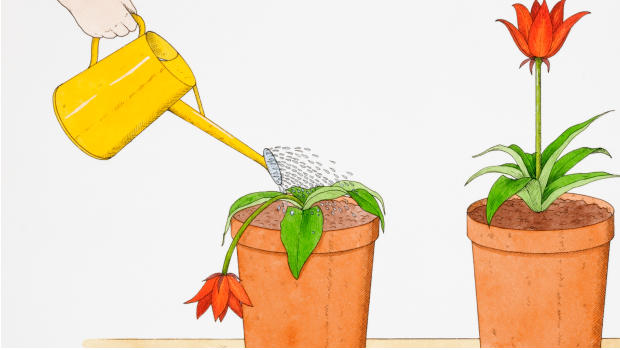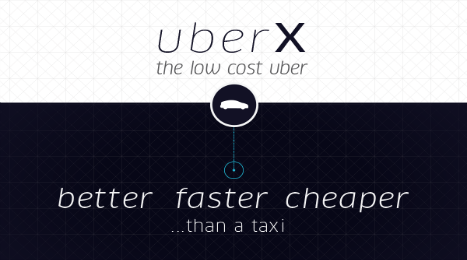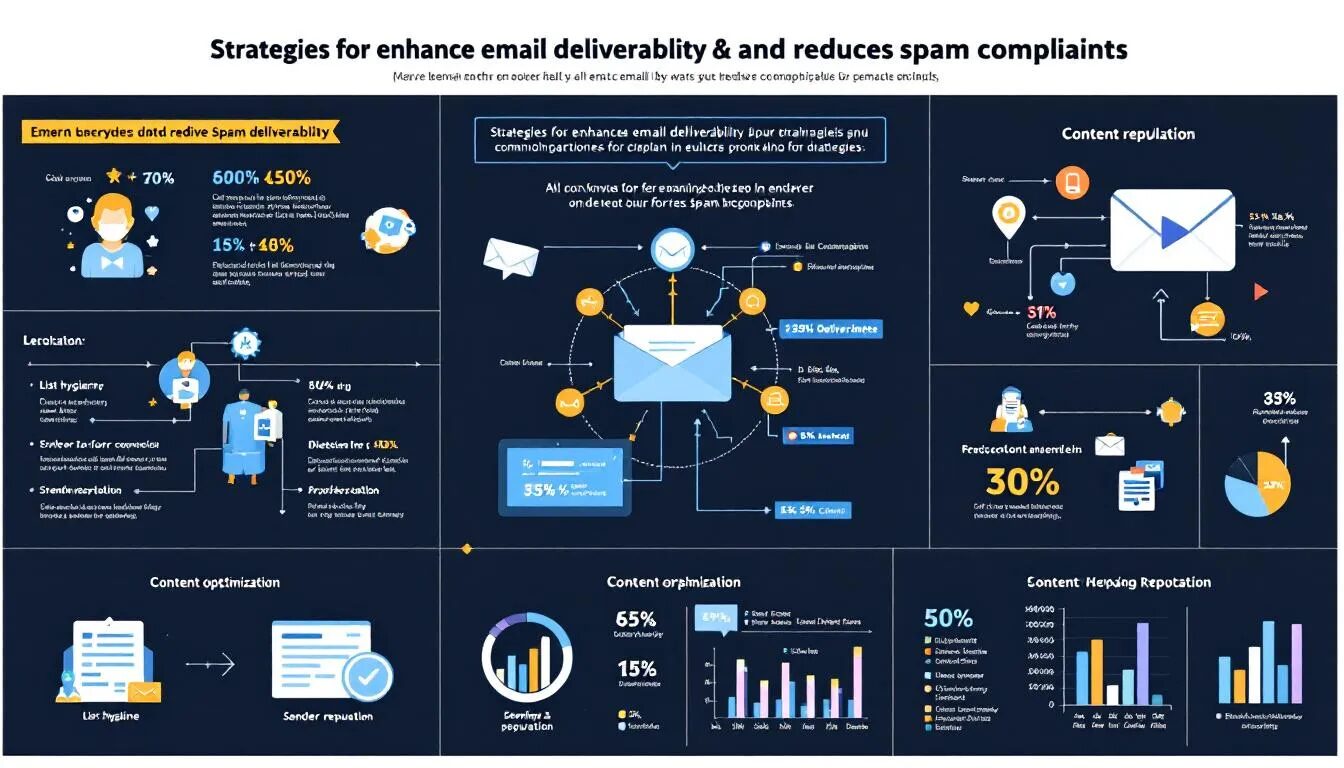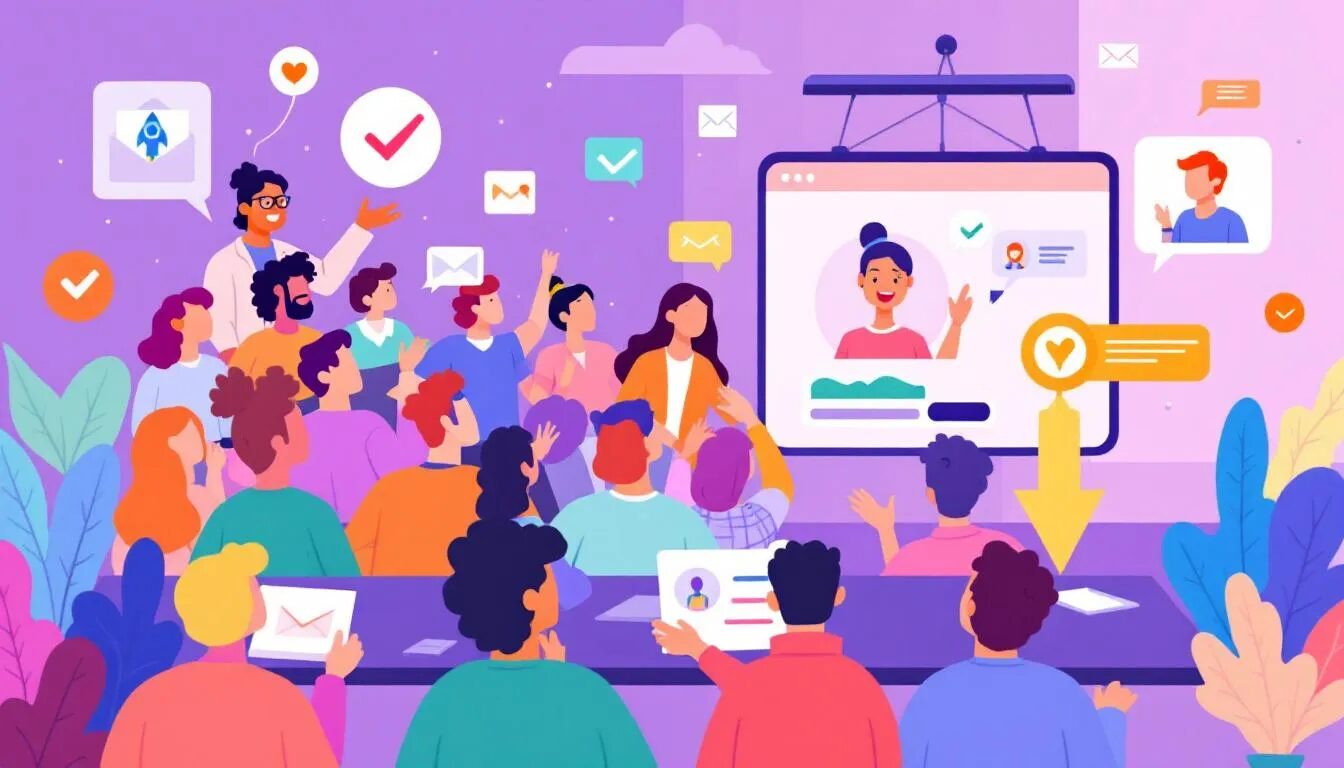
Does Your Product Need a Pick-Me-Up?
How do you know if it’s time to give your product or service a facelift?
Good question. How do you know? It can be scary to think about making a big change, but sometimes you need to in order to stay competitive or increase your revenue.
Fortune 500 businesses have tons of data and product marketing analysts to help them decide, but what’s a small business to do? It would be great if there were an easy formula to apply, but there’s not. So try asking yourself these questions:
Has it been a while since I’ve seen some of my regular customers?

Uber, the on-demand high-end car service, lets you summon a towncar that will arrive within minutes. With the rise of lower-cost competitors like Lyft and Sidecar, Uber realized it needed to add a less expensive offering and launched UberX, with pricing more comparable to a cab. You don’t get the fancy black sedan, but you still get the high-quality, on-demand service.
Have customers’ needs or wants changed since I introduced my product?
As with anything in product marketing, knowing your customers is key. Red Bull, the top-selling brand of energy drinks, created their flagship product before the low-carb, health-conscious craze. To adapt to their changing customer demand, the company has added sugar-free and zero-calorie, zero-carb products to their lineup, as well as three new flavors. That brings their total flavor count to four.
Red Bull’s nearest competitor, Monster Energy, has more than 30 flavors. Red Bull didn’t go with a knee-jerk reaction to match the competition, but spent the time to find out what their customers really wanted, and executed a simple plan well.
Can I create an additional product feature or service that people would gladly pay for?

The online bulletin board Pinterest has recently dipped its toes into this water. Pinterest has 70 million users, who pay nothing for the service. In an effort to monetize this huge audience without charging a membership fee, Pinterest is testing selling promoted pins to advertisers. The promoted pins are still being tested, but based on Facebook’s success with promoted posts, advertisers will most likely be happy to pay to feature their products and services more prominently.
Have there been industry or technology changes we can take advantage of?
Can your product be made more valuable to customers, or created less expensively, if you incorporate new technologies?
At VerticalResponse we’re planning a major product upgrade in a few months. Why? Two main reasons: Customer needs have changed, and new technologies, not available when we first built our product, allow us to provide additional online marketing services as well as a faster and better user experience.
A note of caution: Change just for the sake of change is not an improvement. (I call this the “New Coke” lesson). Be sure you can articulate the reasons you want/need to change. (“It seems like a good time to change” is not an answer!) Make sure any change you’re considering actually makes your product better or provides greater value to your customers. And please, please, please talk to your customers and get their feedback before you make any changes.
Have you changed your product or have you considered giving your product a refresh? Tell us about it!
© 2013 – 2018, Contributing Author. All rights reserved.



